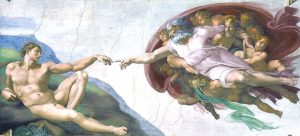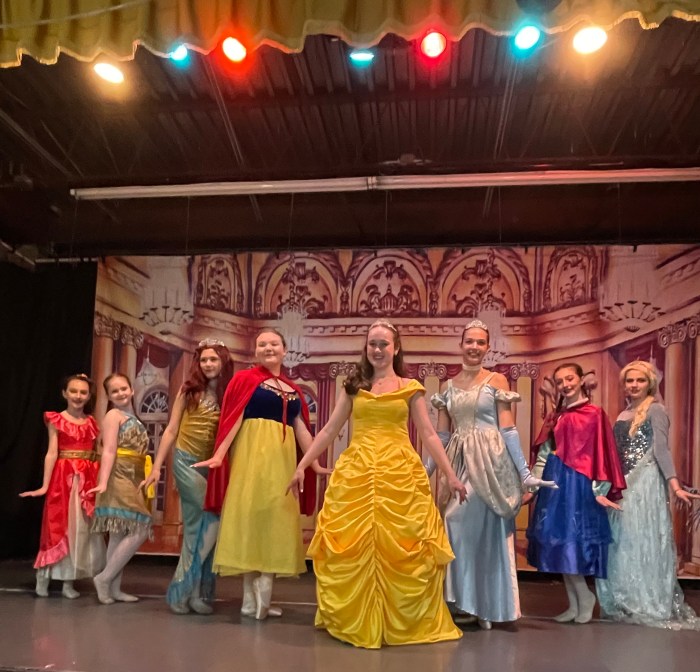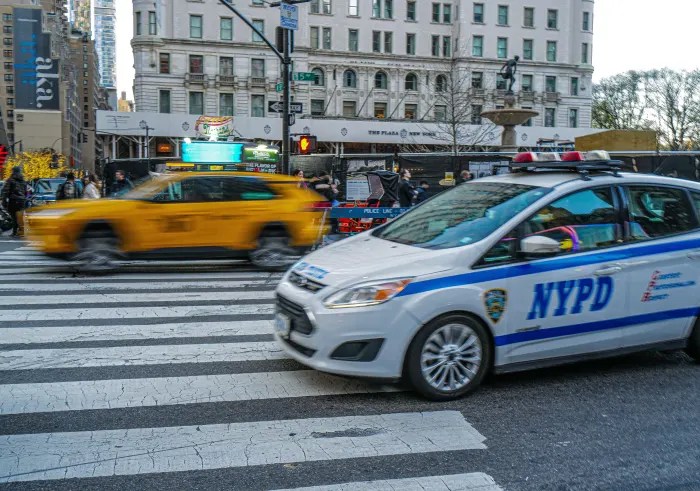Someone asked me, what is your favorite piece of art? The first image that emerged were paintings by Edward Hopper. You might know him as the artist who painted “Nighthawks”, the diner scene that captured the isolation and loneliness of urban American life.
Norman Rockwell is another favorite. He captured so many scenes of ordinary American life with an abundance of warmth, humor and patriotism. Thanksgiving, my favorite holiday, always evokes a Rockwell family gathering for me.

Rockwell was hardly a soft touch. For example, his focus was civil rights in “The Problem We All Live With.” The 1964 painting portrays 6-year-old Ruby Bridges, an African-American girl who is making her way to her first day in an all-white school in New Orleans during school desegregation. She is holding a notebook, ruler and two-colored pencils in her left hand. Bridges is being escorted by deputy U.S. marshals due to threats of violence.
I love it, but I’m still looking.
As I roll through my memory and scroll by Hopper and Rockwell, I’m reminded of my visits to the Nassau County Art Museum in Roslyn and the Whitney in Manhattan to see Red Grooms’ exhibits. His painted-collage sculptures are incredible.
I vividly recall entering of one of Grooms’ large-scale sculptures in 1987. New York Times reporter Roberta Smith described it as a “life-sized subway car whose floor bobs and weaves convincingly and whose seats are filled with slightly larger-than-life passengers who form a veritable lexicon of New York types.”
The subway “ride” was a unique experience, but I was compelled to keep up the search which took me to the Louvre, where I stepped out of an elevator into a room of people standing shoulder-to-shoulder, all gawking at the “Mona Lisa.”
I finally stopped scrolling when I arrived in Vatican City. I raised my eyes to try and recapture that moment. I found myself standing in the Sistine Chapel looking up at the nine scenes from the Book of Genesis, the central one being “The Creation of Adam.”
That iconic image depicts Adam and God extending their arms, reaching out to one another, fingers almost touching. Adam, perhaps, receiving the gift of life.
What I recall most about being in that sacred space was a feeling of awe—sacred, sublime, stupefying. The only thing I can compare it to is the birth of my children.
Although many works of art move me, there was a difference between stepping into Grooms’ subway car and standing in the Sistine Chapel, in the presence of Michelangelo.
Knowing something of the backstory adds to the experience. Creating the frescoes, mostly elevated on his back, was so unpleasant that Michelangelo wrote a poem in 1509 about the physical strain of the project and the misery it generated. Here are just a few lines:
My haunches are grinding
into my guts,
my poor ass strains to work
as a counterweight,
every gesture I make is
blind and aimless.
My skin hangs loose below
me, my spine’s
all knotted from folding over itself.
I’m bent taut as a Syrian
bow
His misery was a labor of love—the agony and the ecstasy, as Irving Stone entitled his classic biographical novel about Michelangelo.
Although most mortals will never reach his height of achievement, many will experience the struggle involved in completing a demanding undertaking born of passion, no matter how big or small, whether public or private.
And, just maybe in the end when pain transforms into relief, they will feel the hand of God reaching out.
—Andrew Malekoff is a New York State licensed social worker and an Anton columnist






























